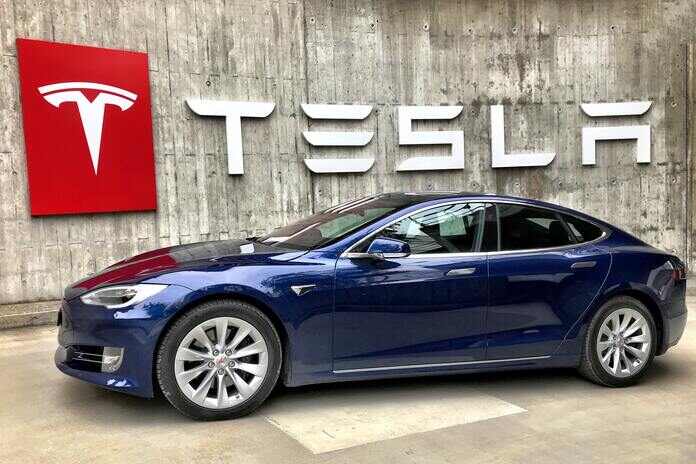Tesla (NASDAQ:TSLA) stock has been a wealth generator for investors who believed in its vision and its enigmatic CEO, Elon Musk. Since its IPO in 2010 at $17 per share and two stock splits in quick succession between 2020 and 2022, its split-adjusted IPO price stands at approximately $1.13 per share. The stock, currently trading around $260, has delivered remarkable returns post-IPO.
While Tesla has been a rewarding investment for many, it has also been a thorn in the side of short sellers who have bet against the company. Despite their reservations and claims of overvaluation, Tesla has remained a highly shorted stock, holding the title of the most shorted large-cap U.S. stock for three consecutive months until August.
TSLA Leads the Electric Vehicle Industry
Tesla achieved a market cap of over $1.2 trillion in November 2021, although it has since retreated to around $828 billion. Nonetheless, it still holds a commanding lead, nearly tripling the value of Toyota Motors (TM) and surpassing the combined market caps of the top five automakers.
In the electric vehicle (EV) industry, Tesla has maintained its position as the leader, even initiating a price war that forced other automakers to reduce their EV prices. However, China-based BYD (BYDDY) has emerged as a strong contender, surpassing Tesla in total shipments, with about half of its shipments consisting of plug-in hybrids (PHEVs).
While short-term predictions for Tesla’s stock price can be challenging due to its volatility, which often hinges on sentiment rather than fundamentals, this article will focus on its long-term forecast and the possibility of reaching $500 by 2025.
Factors Influencing Tesla’s Long-Term Forecast
Tesla’s long-term outlook depends on several key factors:
Delivery Trajectory: Tesla aims for a long-term delivery compound annual growth rate (CAGR) of 50% and expects to achieve a production capacity of 20 million units by 2030. Achieving this ambitious growth rate may require the introduction of new models, such as the Cybertruck and a low-cost platform.
Margins: Tesla’s margins have faced challenges due to price cuts. Elon Musk believes the company can sell cars at a loss initially and make up for it later by selling autonomous technology. The potential success of autonomous driving could significantly impact Tesla’s valuation.
Autonomous Driving: Tesla’s valuation in the long term is closely tied to the progress of its autonomous driving technology. Despite Elon Musk’s promises of “fully autonomous” driving, the technology has not reached that level yet.
Competition: Tesla faces growing competition in the EV market, which could affect its market share and profitability.
While reaching $500 by 2025 would require doubling its current price, Tesla’s history of impressive returns, including a 743% surge in 2020, suggests that this milestone is not unattainable. Some bullish analysts have even set higher price targets. For example, Ron Baron expects the stock to reach $1,500 by 2030, and Cathie Wood has set a base case target of $2,000 by 2027.
Elon Musk’s own views on Tesla’s valuation have shifted over time. In 2020, he famously tweeted that the stock price was “too high,” but later expressed confidence in the company’s potential to surpass the combined market cap of Apple and Saudi Aramco, currently around $5 trillion. Even a modest increase in Tesla’s stock price would bring it closer to the $500 mark.
However, investors should remain vigilant and consider potential risks, including rising competition and margin pressure, as they monitor Tesla’s journey towards its long-term goals.
Featured Image: Unsplash Tesla © Fans Schweiz









